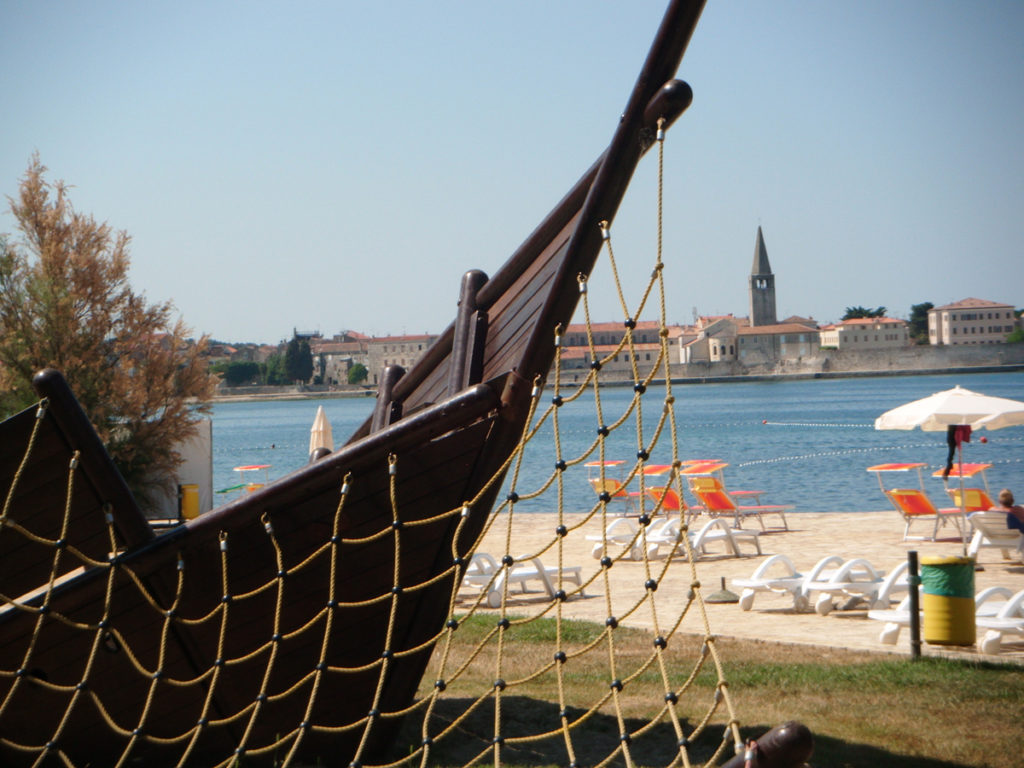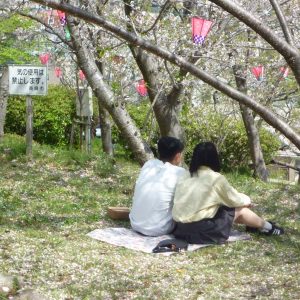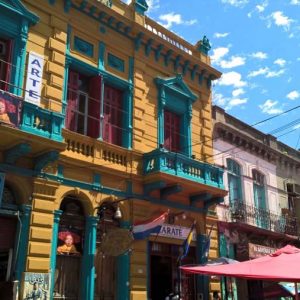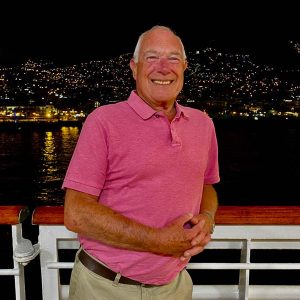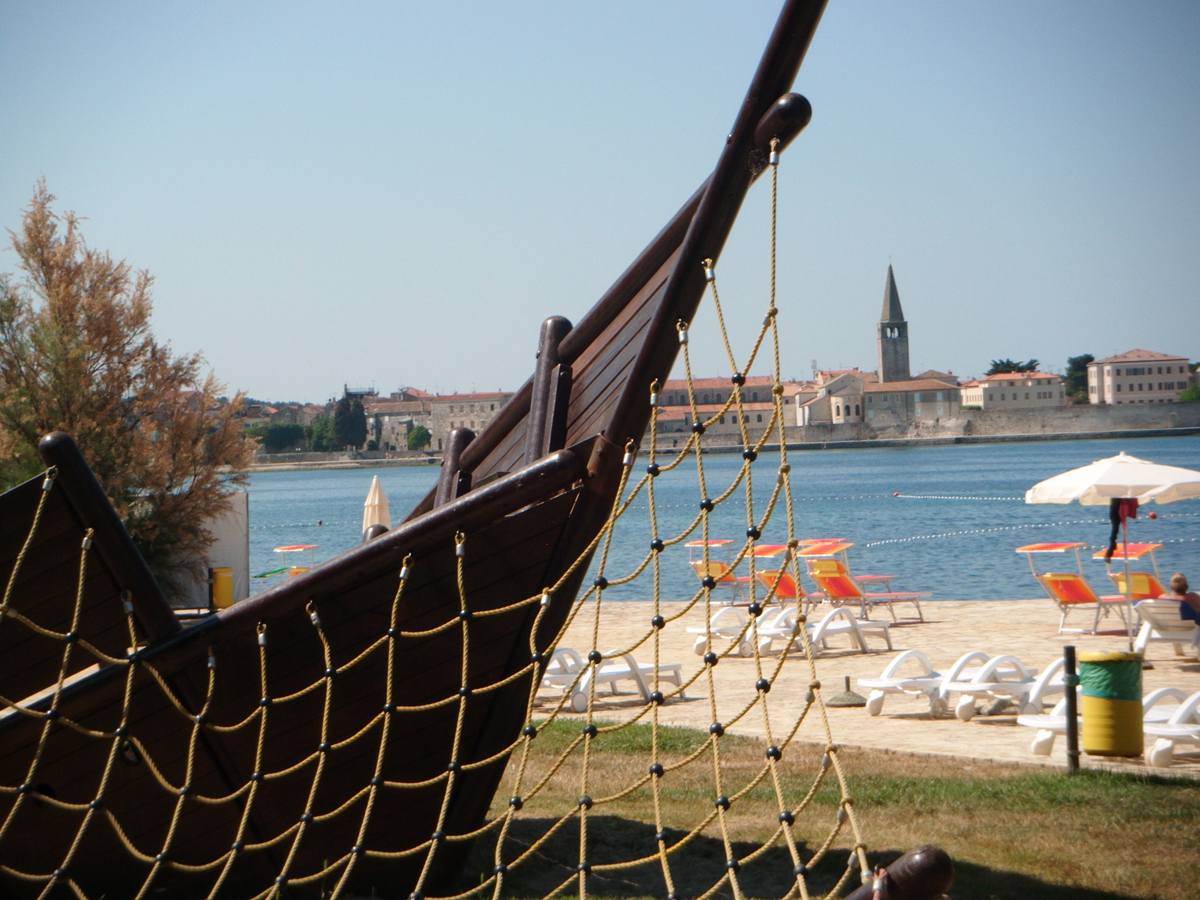 Last time I visited Porec, it was in Yugoslavia. There were big busts of Tito everywhere and you were very lucky to get a plug or a towel in your hotel room.
Last time I visited Porec, it was in Yugoslavia. There were big busts of Tito everywhere and you were very lucky to get a plug or a towel in your hotel room.
How things have changed. Porec is now in Croatia, busts of Tito are nowhere to be seen and hotels are top notch offering all modern facilities. This area has been transformed into one of the summer playgrounds of Europe. Little English is heard but people working in the tourist industry know enough to make us feel comfortable.
Porec is in Croatia’s Istrian Peninsula which is virtually opposite Venice. This is a new destination for Archers Holidays, they have chosen good 3* and 4* hotels and put together an interesting mix of excursions which are included in the half board package.
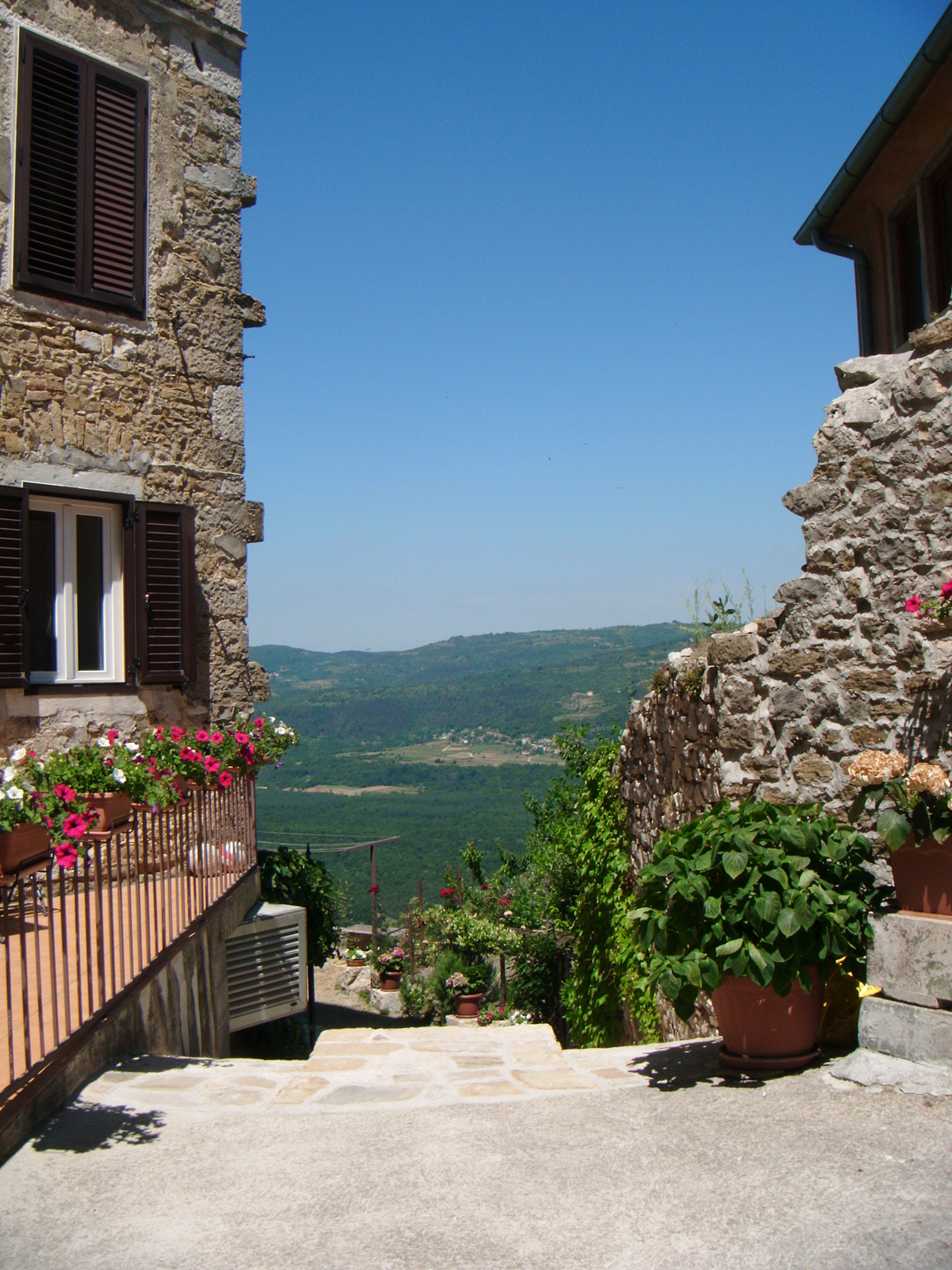 The hotels are set in resort locations where fit Silver Travellers can enjoy walking, biking, tennis and every water sport imaginable and the not so fit like me, can amble along paved cycle paths through pine forests which edge up to the waterfront all the way to the delightful town of Porec, catching the welcome sea breezes on the way. There are also buses and small tourist trains to take you into town.
The hotels are set in resort locations where fit Silver Travellers can enjoy walking, biking, tennis and every water sport imaginable and the not so fit like me, can amble along paved cycle paths through pine forests which edge up to the waterfront all the way to the delightful town of Porec, catching the welcome sea breezes on the way. There are also buses and small tourist trains to take you into town.
Our guide had a technical turn of phrase when describing the Istrian Peninsula as looking like a slice of pizza and the Adriatic coastline as being like Swiss cheese! The Ucka mountain ridge has protected Istria from invaders for centuries (and devastation during the last war). It took the Romans two military campaigns to subdue the local Histri tribe, described as fierce pirates, in 177BC.
The Romans left behind straight roads, towns, temples and city gates all made out of local limestone which produced useful building material for the locals who cunningly recycled when building again. Luckily they left the Roman amphitheatre alone and so in Pula we are fortunate enough to still be able to visit this remarkably well preserved site. In the heat of the day it is easy to imagine the crowds enjoying a free day of sport with all its gore and glory.
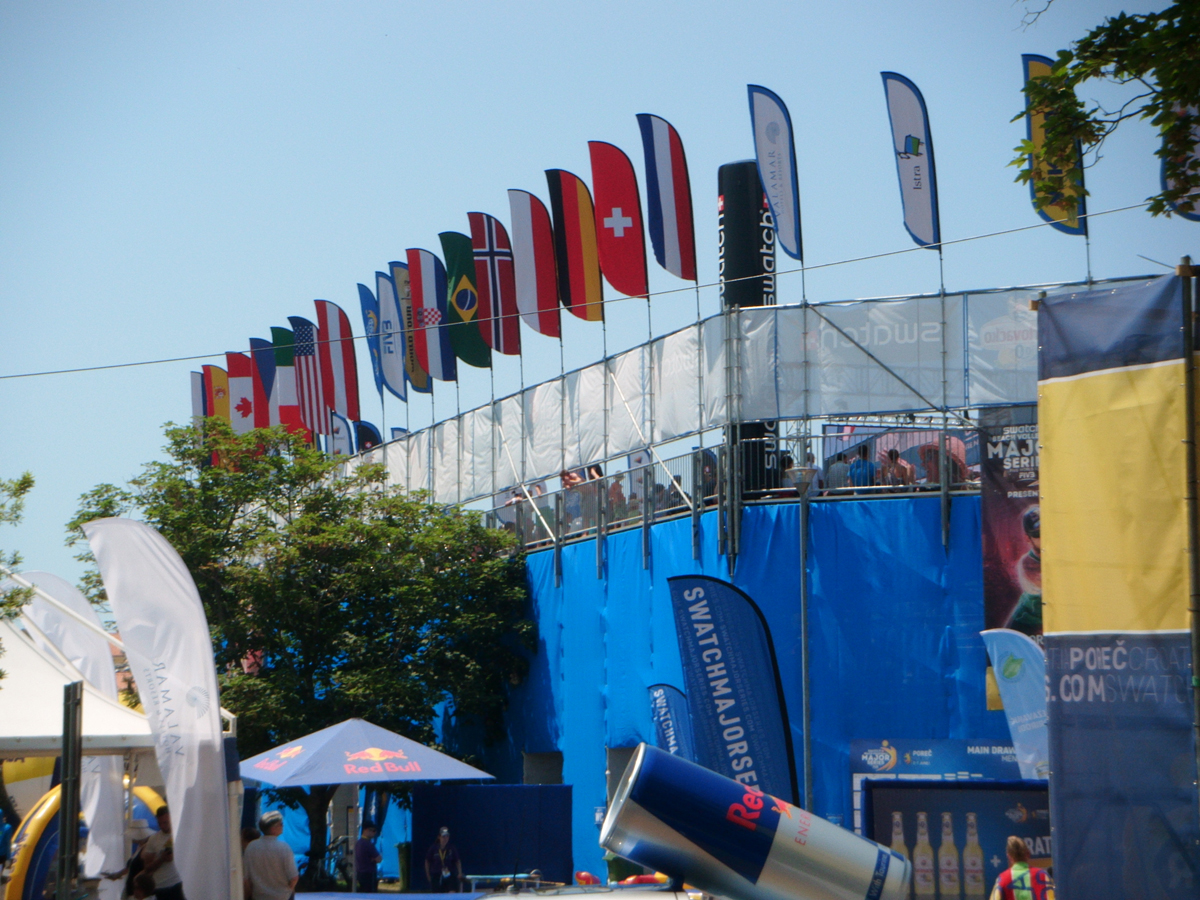 I came across the exact same gladiatorial atmosphere in Porec the next day as they were hosting the Beach Volleyball World Tour. This was a 4 day event held in a contemporary amphitheatre with 21st century male and female gladiators sporting superbly toned bodies. The crowd chanted and cheered and roared. Luckily no one was put to death.
I came across the exact same gladiatorial atmosphere in Porec the next day as they were hosting the Beach Volleyball World Tour. This was a 4 day event held in a contemporary amphitheatre with 21st century male and female gladiators sporting superbly toned bodies. The crowd chanted and cheered and roared. Luckily no one was put to death.
Porec has a full calendar of events and festivals from April to New Year. The day before we arrived there had been a Red Bull Air Display in Rovinj and at the end of September there will be a Salsa Festival.
To balance all this excitement we were taken to the Island of Brijuni which is a national park. It is the largest of 14 islands in this Archipelago. Brijuni was favoured by Tito as his summer residence and here he hosted a list of world leaders who brought him gifts such as elephants, zebra, ostriches and a cheeky talking cockatoo named Koki and so a safari park was created. After a short boat trip to the island we all enjoyed a gentle ride around in a tourist train. There is a museum full of photographs of famous visitors shaking hands with the great man. If you are a celebrity you can hire a private villa for Euro 1000 a night, or mere mortals like me, could stay in the one and only small hotel on the island from Euro 40 per night. When all the day visitors have gone it must be peaceful and serene.
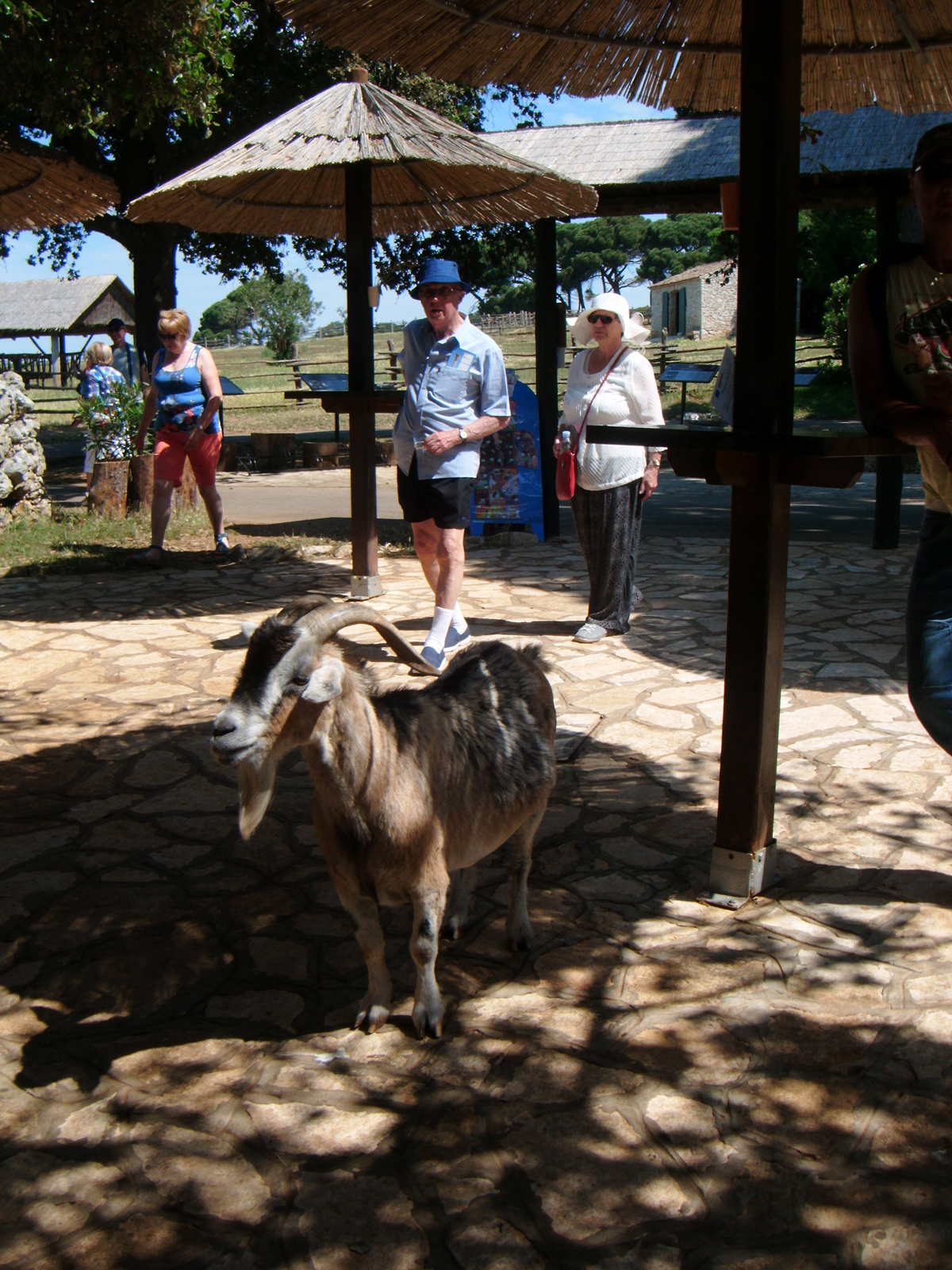 After a peek at history in Pula and a glimpse of tranquillity on Brijuni island we headed into the hills and woods to visit Motovun and then down to Opatija on the coast.
After a peek at history in Pula and a glimpse of tranquillity on Brijuni island we headed into the hills and woods to visit Motovun and then down to Opatija on the coast.
Motovun is a mediaeval hill top town with wonderful views from the fortified walls. Looking over red tiled rooftops you see the Mirna River valley, vineyards and surrounding forests which hold a special bounty. The much sought after truffle.
I met a lady who had had the ‘find of a lifetime’ when one of her 7 truffle hunting dogs found a delicacy worth Euro 3,000, not the biggest white truffle found, but it certainly made her day!
Relaxing in a shady cobbled square we sampled Fritaja (scrambled eggs) with black truffles, cheese, local wines and some tiny sweet donuts. That set us up for the trip down to the coast to Opatija. This town has all the elegance of a bygone age. During the Austrian Empire the Emperor Franz Joseph I spent the winter months here. It soon became a fashionable destination for the Austrian Imperial Family, along with other prominent members of the Austrian nobility and a number of luxury hotels and villas were built. A new railway line opened up this part of the coast to wealthy Austrian tourists in 1848. It is genteel and charming to this day.
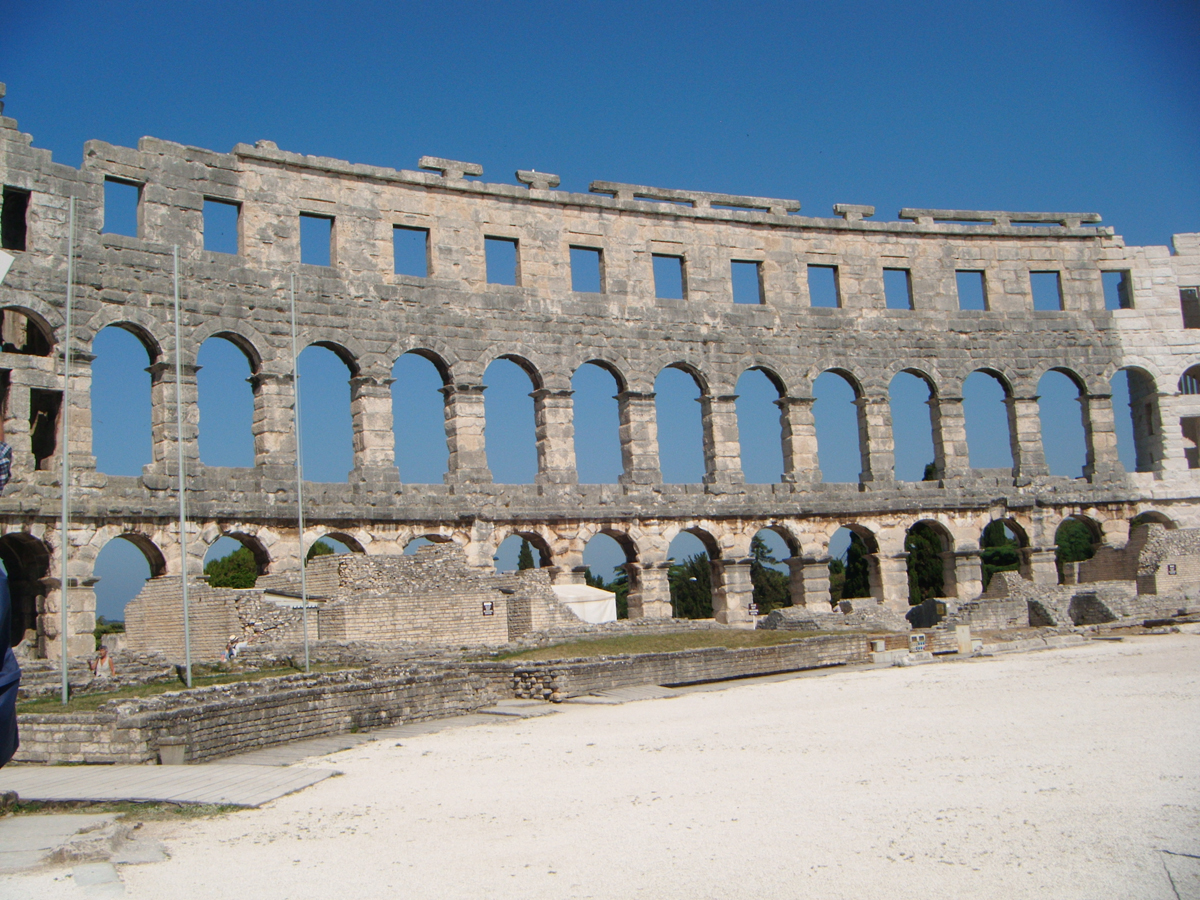 Apart from the essential daily ice cream I revelled in al fresco dining in the evenings. Food is very good in this part of the world and to look out over the milky waters of the Adriatic with the sun setting, makes the last glass of wine in a beach front restaurant all the more agreeable. Back at the hotel, couples were not slow in taking to the dance floor.
Apart from the essential daily ice cream I revelled in al fresco dining in the evenings. Food is very good in this part of the world and to look out over the milky waters of the Adriatic with the sun setting, makes the last glass of wine in a beach front restaurant all the more agreeable. Back at the hotel, couples were not slow in taking to the dance floor.
Seasoned coach travellers will love the variety this Archers Holidays tour offers, something new each day. Dancing horses, caves, lakes, lush scenery and coastal towns where expensive yachts bob around in marinas. If, however, you want to take a break and enjoy the hotel surroundings, the clear warm sea and the blue flag beaches (no sand here in Istria) then you can tell your guide that you will have a rest day.
Take time to enjoy the manicured gardens, inviting swimming pools and turquoise sea. Wander through the pine forests – who knows you might find a truffle!
Archers Holidays ‘Croatia’s Istrian Riviera’ features a fascinating tour to experience the natural beauty, culture and history of Croatia and Slovenia. Based at the three diamond rated Laguna Materada close to the beach in Porec for seven nights, this tour includes a range of interesting sights including Europe’s largest cave system, the Postojna Caves in Slovenia to the famous Lipica Stud Farm where the famous Lipizzaner horses are bred for the Spanish Riding School in Vienna. Other tour highlights include the medieval walled town of Motovun, Istria’s oldest town of Pula with a 3000 year history, the elegant town of Opatija, the UNESCO listed region of the Plitvice Lakes as well as the colourful Venetian houses and Roman remains of Rovinj.
